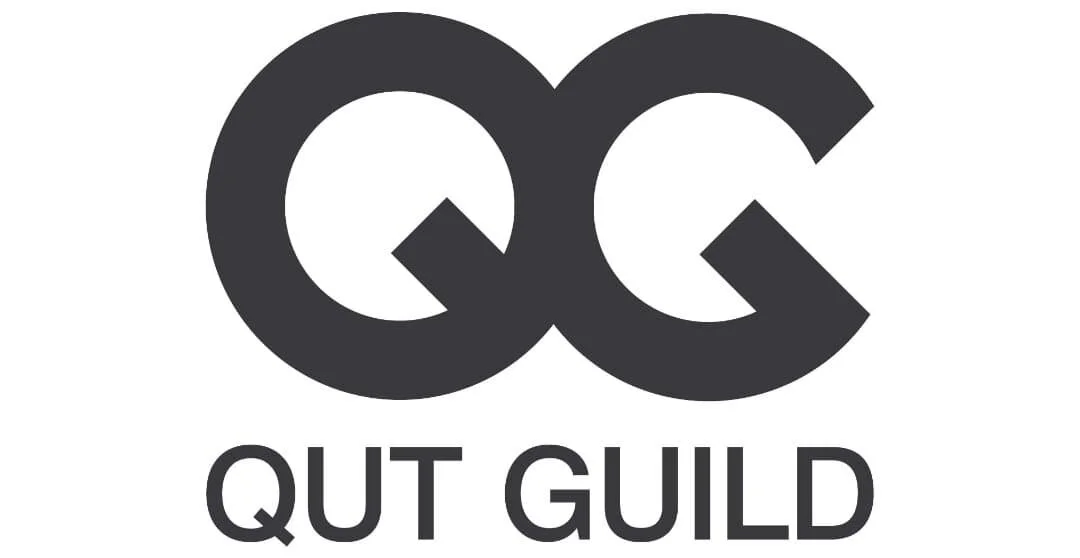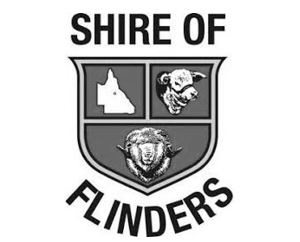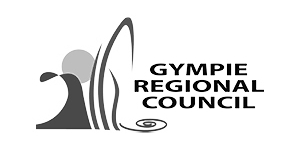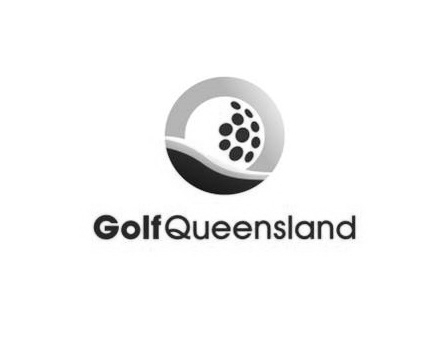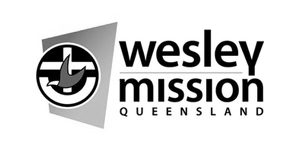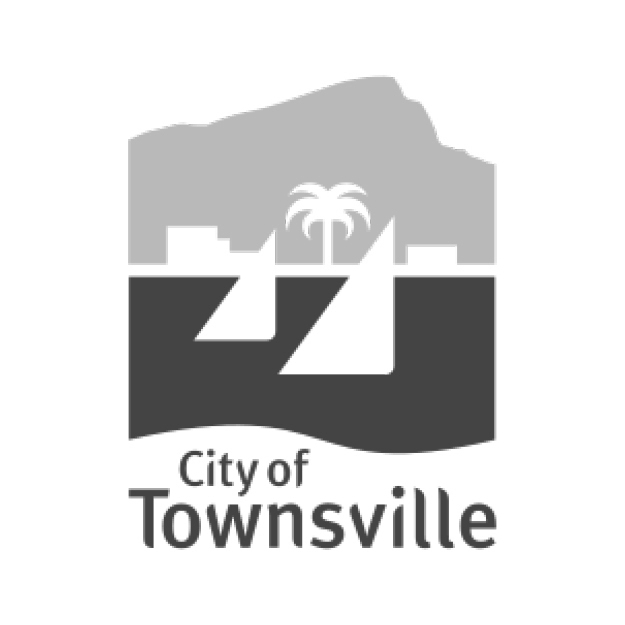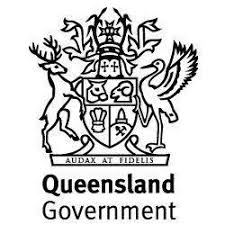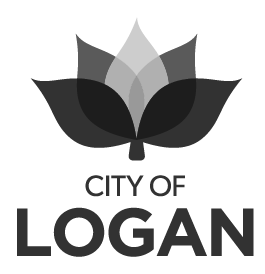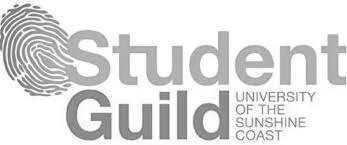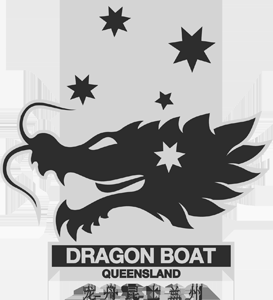The Role of Community Leasing in Local Government
In the heart of every thriving community lies a complex web of interactions, relationships and structures that define its very essence. Among these, community leasing stands out, especially within the realm of local government. It's a domain where Councils play a pivotal role, not just as regulators, but as enablers of community, sport and recreation organisations that breathe life into our cities and towns.
The Landscape of Community Leasing
Across Councils, the sheer number of facilities leased to community groups is staggering. These range from quaint community halls, to premier sporting venues, embodying each Council's commitment to local engagement and empowerment. However, managing such vast portfolios is no small feat. It involves a broad spectrum of Council departments, from property management and legal to finance and customer services. Each plays a crucial role in ensuring the smooth operation of community leases, highlighting the necessity for clear, transparent communication and robust systems that transcend individual capabilities.
Breaking Down Silos for Holistic Management
The complexity of community leasing demands an integrated approach. Maintenance responsibilities, for instance, are often split between Councils and tenant organisations, requiring meticulous coordination to ensure facilities meet community standards. Additionally, the involvement of legal teams in document registration and dispute resolution and finance departments in billing and rate management, alongside teams that manage data integrity and privacy, highlights the interdisciplinary nature of community leasing. This interconnectedness calls for a dismantling of departmental silos, advocating for a cohesive strategy that ensures seamless operations across the board.
Navigating Fee Structures and Council Philosophies
At the heart of community leasing lies a Council's ‘philosophy’ towards cost recovery and community service. While some Councils lean further towards cost recovery to maximise resource utilisation, others adopt a more subsidised approach, recognising the intrinsic value community organisations bring to local life. This delicate balance between financial sustainability and community support is crucial, necessitating policies that reflect contemporary needs without compromising on service quality.
Exploring Diverse Tenure Arrangements
While leasing is a pivotal aspect of community tenure, there is a broad spectrum of arrangements that can meet the diverse needs of community organisations and the use of public spaces. Beyond traditional leases, Councils often employ tenure models that best suit the function and governance of different facilities. The issuing of community leases can be balanced with Right of Use or Permit to Occupy agreements (e.g. over sports fields and spaces), Management Agreements (e.g. where community organisations oversee entire community centres on behalf of Council), subleasing arrangements that extend the flexibility within existing leased areas and seasonal and short-term bookings that enable effective facility sharing. Varied tenure types can help reflect each Council's adaptive approach to community engagement, ensuring that public spaces are accessible, efficiently managed and aligned with community needs.
The Imperative of Facility Sharing
As communities continue to grow and green spaces become increasingly scarce, the necessity for facility sharing among community groups and sports clubs becomes ever more pressing. Despite some resistance from organisations accustomed to exclusive use, the reality of limited community facilities dictates a shift towards shared use as a sustainable model for community engagement. Facility sharing optimises the use of available spaces as well as encouraging collaboration among community groups, fostering an inclusive and dynamic community environment. It is a pragmatic response to the challenges of urban development, ensuring that limited resources are used in a manner that benefits the broadest cross-section of the community. Councils and community organisations alike must embrace the concept of shared facilities, recognising it as a necessary evolution in the management of public spaces to accommodate the diverse and growing needs of our communities.
The Political Dimension
Of course, we must acknowledge the political nuances that influence Council decisions. Local government is, by nature, a politically charged environment where Mayors and Councillors wield significant influence. Ensuring robust systems and processes that can withstand political pressures is essential, safeguarding public resources from being swayed by individual interests.
Legislative Complexities and Continuous Education
Community leasing is governed by a myriad of legislative frameworks and policies, from state and territory land legislation to safety and risk management protocols. This legislative labyrinth, coupled with the high turnover of volunteers in community organisations, underscores the need for ongoing education. Councils must provide continuous support to these organisations, guiding them through governance challenges and lease management intricacies.
Balancing Decision-Making Principles
When navigating the complexities of community leasing, Councils are tasked with the delicate balancing act of aligning various guiding principles to ensure decisions are equitable, effective and sustainable. Before building a new community tenure framework, the various departments affected should agree on a set of principles to serve as a compass, guiding the Council through the intricate landscape of community leasing to ensure that their strategies meet current needs and are resilient enough to adapt to future challenges.
The guiding principles chosen in the development of a successful community leasing framework may touch on:
Risk management - the safety and security of community facilities and those that use them
Equity or fairness - evaluating leases and calculating fees in a way that ensures that community organisations have equitable access to facilities, regardless of their size, recognising that the community benefit added by a tiny charity may dwarf that of the area’s largest sports club
Strategic alignment - echoing the broader strategic objectives of Council and community organisations
Resource optimisation - maximising the use of community facilities while minimising waste
Simplicity and transparency - providing a clear, organised tenure structure that is easily navigable by community organisations and Council teams
Sustainability - addressing environmental stewardship and ongoing financial viability for both lessees and Councils
Flexibility - a system that can evolve with changing demands and occupancy arrangements
Councils must recognise that these principles can sometimes conflict with one another. For instance, the pursuit of equity might complicate the simplicity of processes, or the drive for financial viability could potentially impact the affordability of access for some community groups. The key lies in finding an equilibrium that respects the unique context and needs of each community.
Encouraging Entrepreneurial Spirit within Community Organisations
The evolution of community needs demands that Councils adopt a forward-thinking approach to community leasing policies. The traditional model, which may restrict clubs from engaging in profitable and entrepreneurial activities, needs reevaluation. Modern policies should enable community NFPs to thrive, allowing them to sublease facilities for commercial ventures that contribute to their sustainability and the vibrancy of community life.
Towards a Contemporary Framework
The journey towards a contemporary community leasing framework is not merely about change for change's sake. It's a strategic shift aimed at enhancing service delivery, fostering community engagement and ensuring the sustainable operation of community, sport and recreation clubs. This evolution is crucial in maintaining the dynamism and resilience of our communities, ensuring they remain vibrant and inclusive spaces for all.
Michael Connelly has spearheaded more community tenure strategy evaluations and modernisations on behalf of CPR Group than he has guitars in his ever-growing collection. Known for his knack for harmonising complex community leasing frameworks, Michael leads the charge in assisting local governments to fine-tune their community engagement strategies. Michael brings excitement and precision to navigating the intricate landscapes of community leasing. CPR Group has become synonymous with crafting effective, equitable policies that resonate with Councils and strike a chord with community organisations, contributing to vibrant, inclusive communities.













